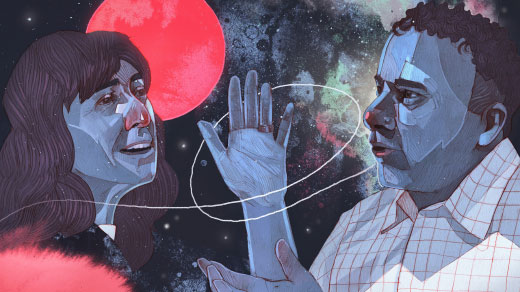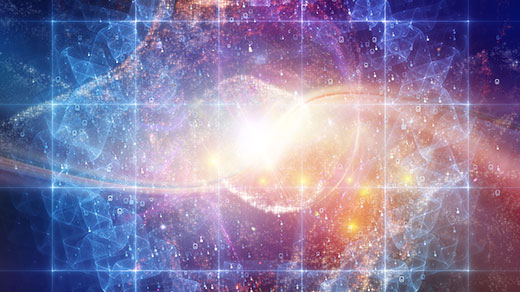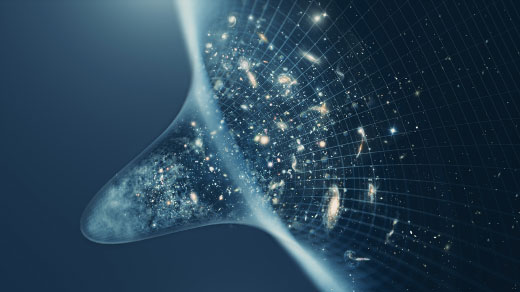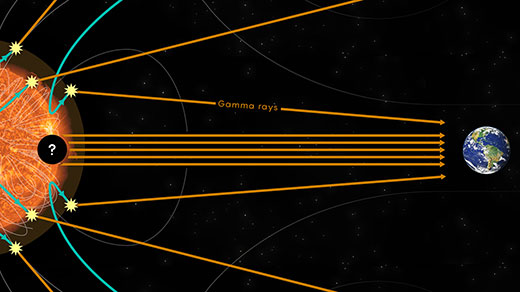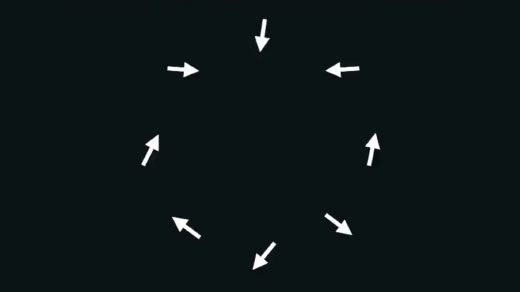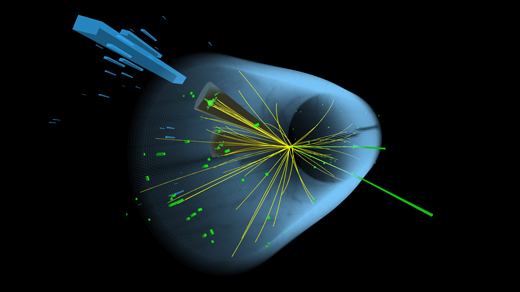Latest Articles
A Black Hole So Big It ‘Should Not Exist’
Researchers have confirmed rumors of a black hole collision that challenges our ideas about how black holes form.
Cosmologists Debate How Fast the Universe Is Expanding
New measurements could upend the standard theory of the cosmos that has reigned since the discovery of dark energy 21 years ago.
The Universal Law That Aims Time’s Arrow
A new look at a ubiquitous phenomenon has uncovered unexpected fractal behavior that could give us clues about the early universe and the arrow of time.
How (Relatively) Simple Symmetries Underlie Our Expanding Universe
Although Einstein’s theory of space-time seems more complicated than Newtonian physics, it greatly simplified the mathematical description of the universe.
Philosophers Debate New ‘Sonic Black Hole’ Discovery
Opinions differ about what recent measurements of a sound-trapping fluid reveal about light-trapping black holes.
Physicists Debate Hawking’s Idea That the Universe Had No Beginning
A recent challenge to Stephen Hawking’s biggest idea — about how the universe might have come from nothing — has cosmologists choosing sides.
The Sun Is Stranger Than Astrophysicists Imagined
The sun radiates far more high-frequency light than expected, raising questions about unknown features of the sun’s magnetic field and the possibility of even more exotic physics.
Scientists Discover Exotic New Patterns of Synchronization
In a world seemingly filled with chaos, physicists have discovered new forms of synchronization and are learning how to predict and control them.
The Physics Still Hiding in the Higgs Boson
No new particles have been found at the Large Hadron Collider since the Higgs boson in 2012, but physicists say there’s much we can still learn from the Higgs itself.


